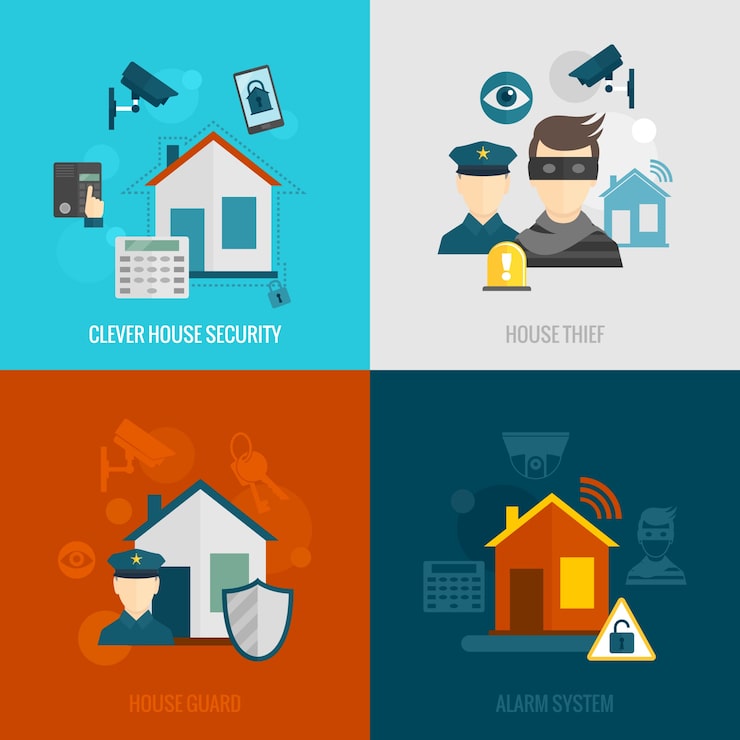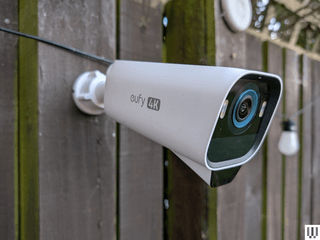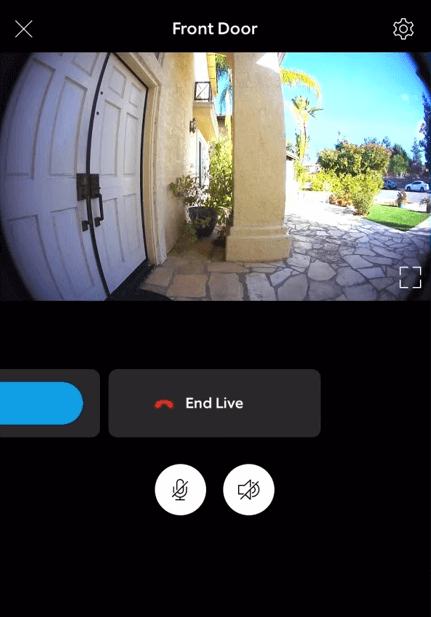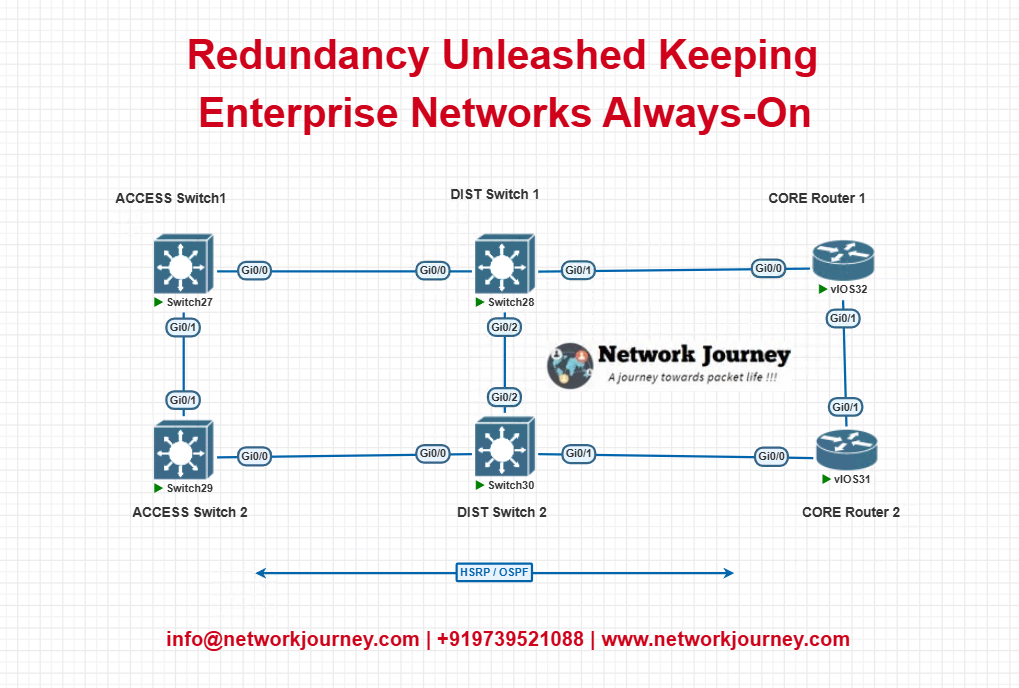Your home is more than just a place to live—it’s your sanctuary. But how safe is it really?
Understanding Home Security Zones can change the way you protect what matters most. By breaking down your property into clear areas, you’ll see exactly where risks lie and how to stop threats before they even get close. Ready to take control of your home’s safety?
Keep reading to discover simple, effective ways to secure every corner of your space.

Credit: www.atss.co.in
Home Security Zones Defined
Home security zones help protect your house by creating layers of safety. These zones divide your property into areas to watch and secure.
Each zone has a specific role in keeping your home safe. Knowing these zones helps you plan better protection.
Perimeter Zone
The perimeter zone is the outer edge of your property. It marks the boundary between your home and the outside world.
This zone includes fences, gates, and walls. It acts as the first line of defense against intruders.
- Fences and gates
- Driveways and walkways
- Property lines
Exterior Zone
The exterior zone covers the outside area of your home. It includes yards, gardens, and entrances.
This zone helps spot visitors or threats before they reach your door. Lights and cameras are common here.
- Front and back yards
- Porches and patios
- Doors and windows
Interior Zone
The interior zone is inside your home. It protects the rooms and hallways where people live.
Sensors and alarms in this zone detect unwanted movement or break-ins. It is the main area to secure.
- Living rooms and bedrooms
- Hallways and staircases
- Windows and doors inside
Safe Zone
The safe zone is a secure spot inside your home. It offers protection during emergencies.
This area should have strong locks and easy access to phones or alarms. It is a refuge until help arrives.
- Rooms with solid doors
- Access to communication devices
- Emergency supplies storage
Securing The Perimeter
Keeping your home safe starts with securing the perimeter. This means protecting the outer edges of your property.
A strong perimeter helps stop intruders before they reach your home. It also gives you peace of mind.
Fencing And Gates
Fences and gates create a clear boundary around your property. They make it harder for strangers to enter.
Choose fences that are tall and hard to climb. Gates should be lockable and sturdy for extra security.
- Use metal or wood fences for strength
- Keep gates locked at all times
- Fix any holes or weak spots quickly
Outdoor Lighting
Good outdoor lighting scares off intruders by making your property visible at night. It also helps you see better.
Place lights near doors, windows, and pathways. Use motion sensors to save energy and surprise visitors.
- Install bright lights at entry points
- Use motion-activated lights for efficiency
- Keep lights working and replace bulbs as needed
Surveillance Cameras
Surveillance cameras watch your property and record any suspicious activity. They help catch criminals and deter crime.
Place cameras where they cover main entrances and open spaces. Choose cameras with night vision for 24/7 protection.
- Use cameras with clear video quality
- Check camera angles regularly
- Store footage securely for review
Signage And Warning Systems
Signs alert visitors that your home is protected. They warn intruders to stay away or face consequences.
Warning systems like alarms make loud noises if someone tries to break in. This scares off intruders quickly.
- Put signs where they are easy to see
- Use alarms that activate on forced entry
- Test warning devices regularly
Protecting Exterior Areas
Keeping the outside of your home safe is very important. Protecting exterior areas helps stop unwanted guests.
Good security measures make your home less attractive to thieves and help you feel secure.
Doors And Windows
Doors and windows are the main entry points for intruders. Strong locks and solid frames improve security.
Use deadbolts on doors and make sure windows have secure latches. Reinforce glass with shatterproof film.
- Install quality locks on all doors
- Use window locks and security bars if needed
- Keep doors and windows in good repair
- Check for gaps or weaknesses regularly
Garage Security
Garages often store valuable items and tools. Protect your garage like the rest of your home.
Use strong locks on garage doors and keep the inside door to the house locked. Avoid leaving garage doors open.
- Use a sturdy lock on the garage door
- Keep the door between garage and house locked
- Do not leave garage remote controls in cars
- Consider a security camera for the garage area
Landscaping Considerations
Landscaping can help or hurt your home security. Keep plants trimmed to reduce hiding spots.
A well-lit yard with clear sight lines makes it harder for intruders to approach unnoticed.
- Trim bushes near doors and windows
- Plant thorny shrubs under windows
- Keep trees trimmed to avoid roof access
- Use outdoor lighting along walkways
Motion Sensors
Motion sensors detect movement and can turn on lights or alarms. They alert you to activity outside.
Place sensors near entrances, driveways, and dark corners. This helps catch intruders early.
- Install sensors at main doors and windows
- Use sensors to activate outdoor lights
- Check sensor range covers key areas
- Test sensors regularly to ensure they work

Credit: www.securityzoneonline.com.au
Interior Security Measures
Keeping your home safe starts from the inside. Interior security measures protect your family and belongings.
These measures include alarms, safe rooms, smart devices, and controlling who can enter your home.
Alarm Systems
Alarm systems alert you if there is a break-in or danger inside your home. They can scare away intruders quickly.
Modern alarms connect to your phone and notify you instantly. They also include sensors on doors and windows.
- Door and window sensors
- Motion detectors
- Glass break sensors
- 24/7 monitoring service
Safe Room Setup
A safe room is a secure place inside your home. It protects you during emergencies like break-ins or natural disasters.
Choose a room with a strong door and no windows. Stock it with water, a phone, and emergency supplies.
- Strong locks and reinforced door
- Communication tools like a phone
- Basic first aid and water
- Comfort items for longer stays
Smart Home Integration
Smart home devices can improve security inside your house. They work together and can be controlled remotely.
You can use smart cameras, lights, and alarms to watch and protect your home anytime.
- Smart cameras with live video
- Remote-controlled smart lights
- Voice-activated security devices
- App alerts for unusual activity
Access Control
Access control lets you decide who can enter your home. It limits entry to trusted people only.
Use locks, keypads, or biometric scanners to keep your home secure from unwanted guests.
- Keyless entry with PIN codes
- Fingerprint or face recognition locks
- Temporary access for visitors
- Logs of who enters and exits
Safe Zone Essentials
Creating a safe zone in your home helps protect your family during emergencies. A safe zone is a secure area where everyone can gather and stay safe.
This guide covers what you need to set up a safe zone. It includes choosing the right place, supplies, communication tools, and emergency plans.
Choosing A Safe Location
Pick a room with few windows and a strong door. Basements or interior rooms work well. Avoid rooms with heavy glass or outside walls.
Make sure the room is easy to reach quickly from most parts of the house. It should have enough space for everyone to stay comfortably.
- Interior room or basement
- Strong door with a lock
- Minimal or no windows
- Easy access from main rooms
- Enough space for family members
Essential Supplies
Keep basic supplies in the safe zone to last at least 72 hours. Include water, food, and first aid items. These help during power outages or emergencies.
Other supplies include flashlights, batteries, blankets, and hygiene products. Store everything in containers that are easy to carry if needed.
- Bottled water (1 gallon per person per day)
- Non-perishable food
- First aid kit
- Flashlights and extra batteries
- Blankets or sleeping bags
- Personal hygiene items
Communication Tools
Have several ways to communicate from the safe zone. A charged mobile phone with backup power is essential. Radios can help if phones do not work.
Write down important phone numbers and addresses. Keep a whistle or other noise maker to signal for help if needed.
- Charged mobile phone with power bank
- Battery-powered or hand-crank radio
- List of emergency contacts
- Whistle or noise maker
- Pen and paper
Emergency Protocols
Create clear rules for what to do during an emergency. Teach all family members how to reach the safe zone quickly and quietly.
Practice drills regularly. Decide who is in charge and how to check if everyone is safe. Know when to stay put or evacuate.
- Assign roles and responsibilities
- Practice safe zone drills
- Agree on signals for emergencies
- Have a plan to contact outside help
- Know when to evacuate or stay inside
Common Security Mistakes
Home security zones help protect your house by dividing it into areas. Each zone should have proper coverage to stop threats.
Many people make simple mistakes that weaken these zones. Understanding these errors can improve your home safety.
Neglecting Zone Overlaps
Security zones need to overlap slightly to avoid gaps. Missing overlaps create blind spots where intruders can enter unnoticed.
Each camera or sensor should cover parts of another zone. This overlap builds stronger protection across your property.
- Check for blind spots between zones
- Adjust cameras to cover adjacent areas
- Test zones to ensure full coverage
Ignoring Maintenance
Security systems need regular care to work well. Dust, dirt, and weather can damage sensors and cameras.
Ignoring maintenance can cause false alarms or system failures. Keep equipment clean and check it often.
- Clean lenses and sensors monthly
- Replace batteries on time
- Test alarms regularly for proper function
Poor Lighting Choices
Good lighting deters intruders and helps cameras capture clear images. Poor lighting creates shadows and dark spots.
Use bright, even lighting near entrances and pathways. Avoid lights that blind cameras or create glare.
- Install motion-activated lights
- Use warm white bulbs for better visibility
- Position lights to cover all entry points
Lack Of Regular Updates
Security technology changes fast. Old software or hardware can have weaknesses hackers exploit.
Update your system’s software and firmware. Replace outdated devices to keep your security strong.
- Check for software updates monthly
- Upgrade hardware every few years
- Consult manuals for update instructions
Advanced Security Technologies
Home security zones use smart technology to protect your house. These systems help keep your family safe and your property secure.
New tools make it easier to watch your home and control who enters. These technologies work together to create strong security.
Ai And Facial Recognition
AI helps security systems learn to spot unusual actions. Facial recognition checks who is at the door or near windows.
This tech can alert you if a stranger is detected. It saves time by ignoring familiar faces.
Remote Monitoring
Remote monitoring lets you watch your home from anywhere. Use your phone or computer to see live video feeds.
You get alerts if there is movement or a door opens. This helps you react fast to possible threats.
Integrated Alarm Systems
Integrated alarms connect sensors and cameras into one system. They trigger loud sounds and send notifications during danger.
These systems cover doors, windows, and motion areas. They work together to protect all parts of your home.
- Door and window sensors
- Motion detectors
- Sound alarms
- Mobile alerts
Smart Locks
Smart locks let you lock or unlock doors remotely. You can give access to trusted people without physical keys.
They often include code entry, fingerprint, or app control. This adds extra layers of security at your entry points.

Credit: www.freepik.com
Tailoring Zones To Your Needs
Home security zones help protect different parts of your property. You can set zones based on what matters most to you.
Customizing these zones improves safety and fits your lifestyle. It also helps use your security system well.
Assessing Property Layout
Look at your home’s shape and size. Note doors, windows, and open spaces.
Identify areas that need more protection. Think about entry points and hidden spots.
- Front and back doors
- Ground-floor windows
- Garage and driveway
- Garden and backyard
- Side paths and fences
Family And Lifestyle Factors
Consider who lives in your home and their routines. Kids, pets, or elderly family members may need special care.
Think about when your home is empty. Adjust zones to protect during those times.
- Busy family schedules
- Pets roaming outside
- Nighttime activity levels
- Vacation or travel periods
Budget Considerations
Set a budget for your security system. Focus on protecting the most important areas first.
Balance cost and coverage. Choose devices that fit your financial plan.
- Basic sensors for main doors
- Motion detectors for yard
- Security cameras for high-risk spots
- Smart alarms for alerts
Consulting Security Professionals
Talk with experts to get advice on your security needs. They can spot risks you might miss.
Professionals can help design zones that work best for your home and budget.
- Security audits and risk assessments
- Custom zone planning
- Product and installation recommendations
- Ongoing support and updates
Frequently Asked Questions
What Are Home Security Zones?
Home security zones divide your property into areas for focused protection. They help monitor entrances, windows, and outdoor spaces efficiently. This approach improves response times and enhances overall safety by targeting high-risk spots around your home.
How Do Security Zones Improve Home Safety?
Security zones allow precise monitoring and quicker alerts for breaches. They help prioritize critical areas, reducing false alarms and ensuring faster emergency responses. This targeted strategy strengthens your home’s defense against intrusions and potential threats.
Which Areas Should Be Included In Security Zones?
Include all entry points like doors and windows, plus the garage and backyard. Also, cover common vulnerable spots such as patios and driveways. Comprehensive zoning ensures no weak spots are left unmonitored, increasing home protection.
Can Security Zones Reduce False Alarms?
Yes, zoning helps differentiate between zones to avoid unnecessary alerts. It allows you to customize sensitivity levels per zone, reducing false alarms caused by pets or environmental factors. This makes your security system more reliable and user-friendly.
Conclusion
Creating secure zones in your home boosts safety and peace. Each zone serves a unique purpose, ensuring comprehensive protection. Evaluate your needs and tailor zones accordingly. Simple measures like locks and cameras make a big difference. Regularly update your security plan to address new concerns.
A well-structured security zone helps deter intruders and keeps your family safe. Prioritize security in your home improvement plans. Protect your loved ones and valuables effectively. Invest in your peace of mind today. Start small, make steady progress. Your home will thank you.
23 min read







